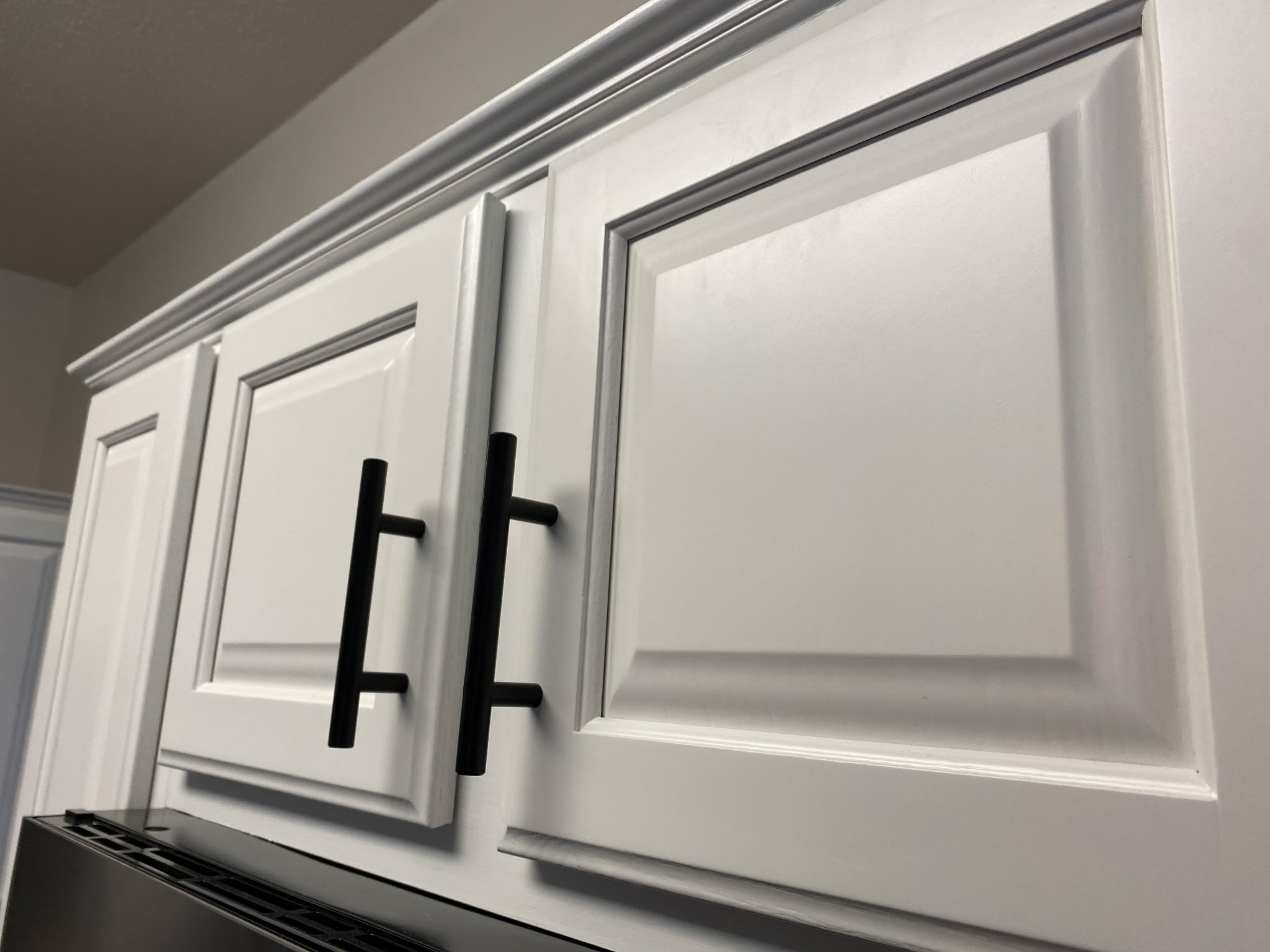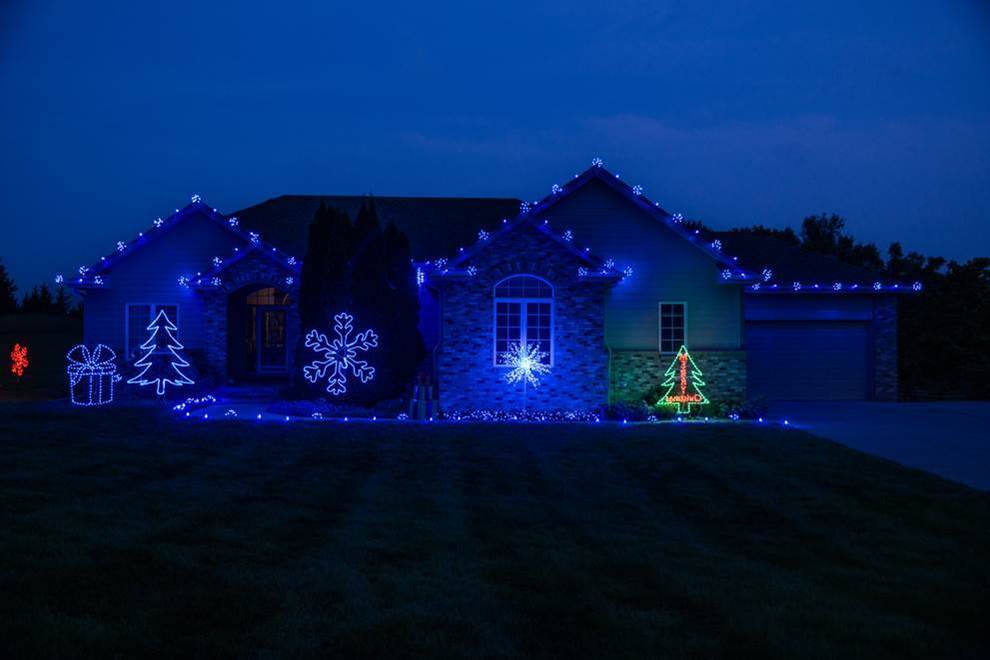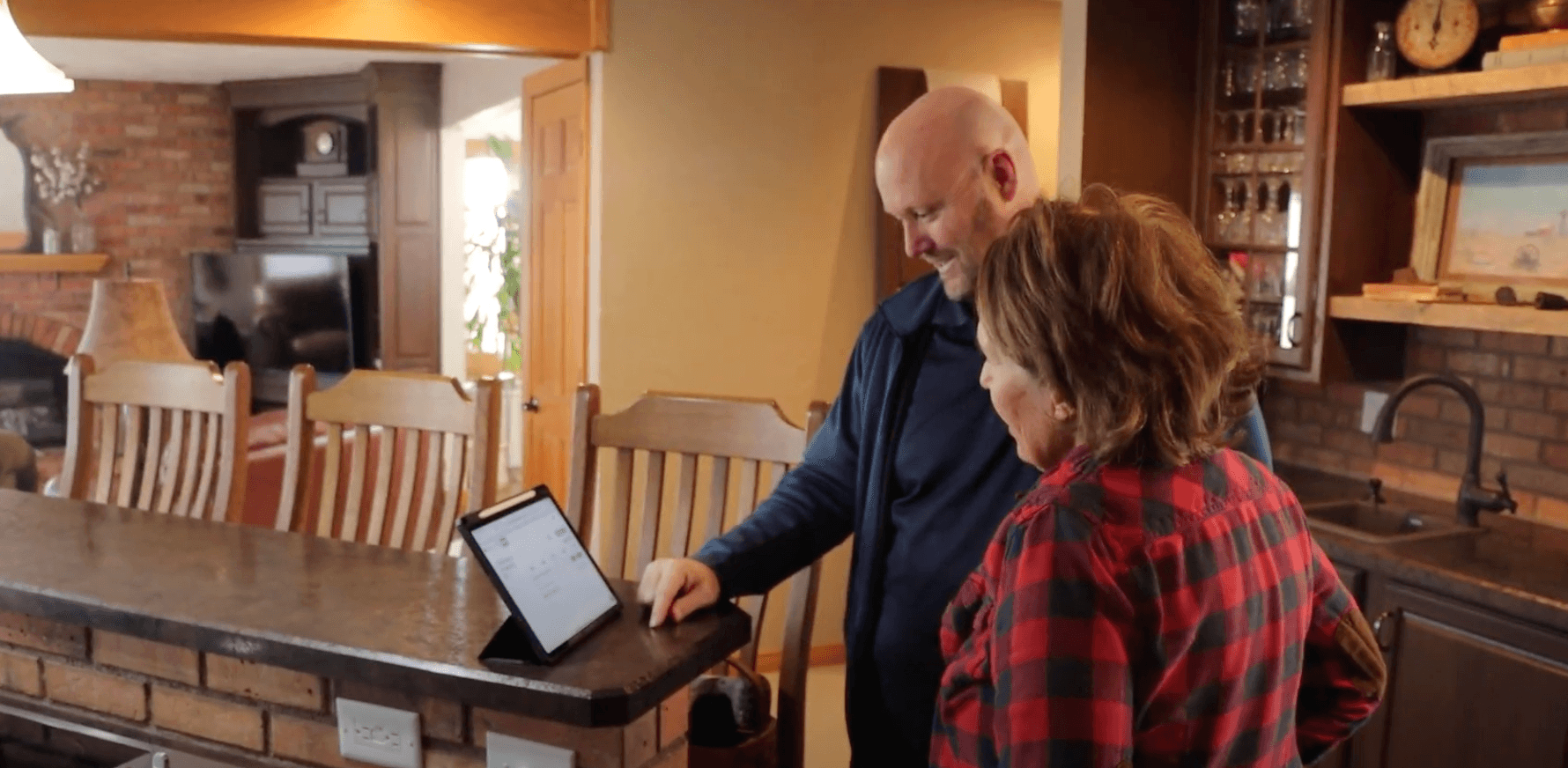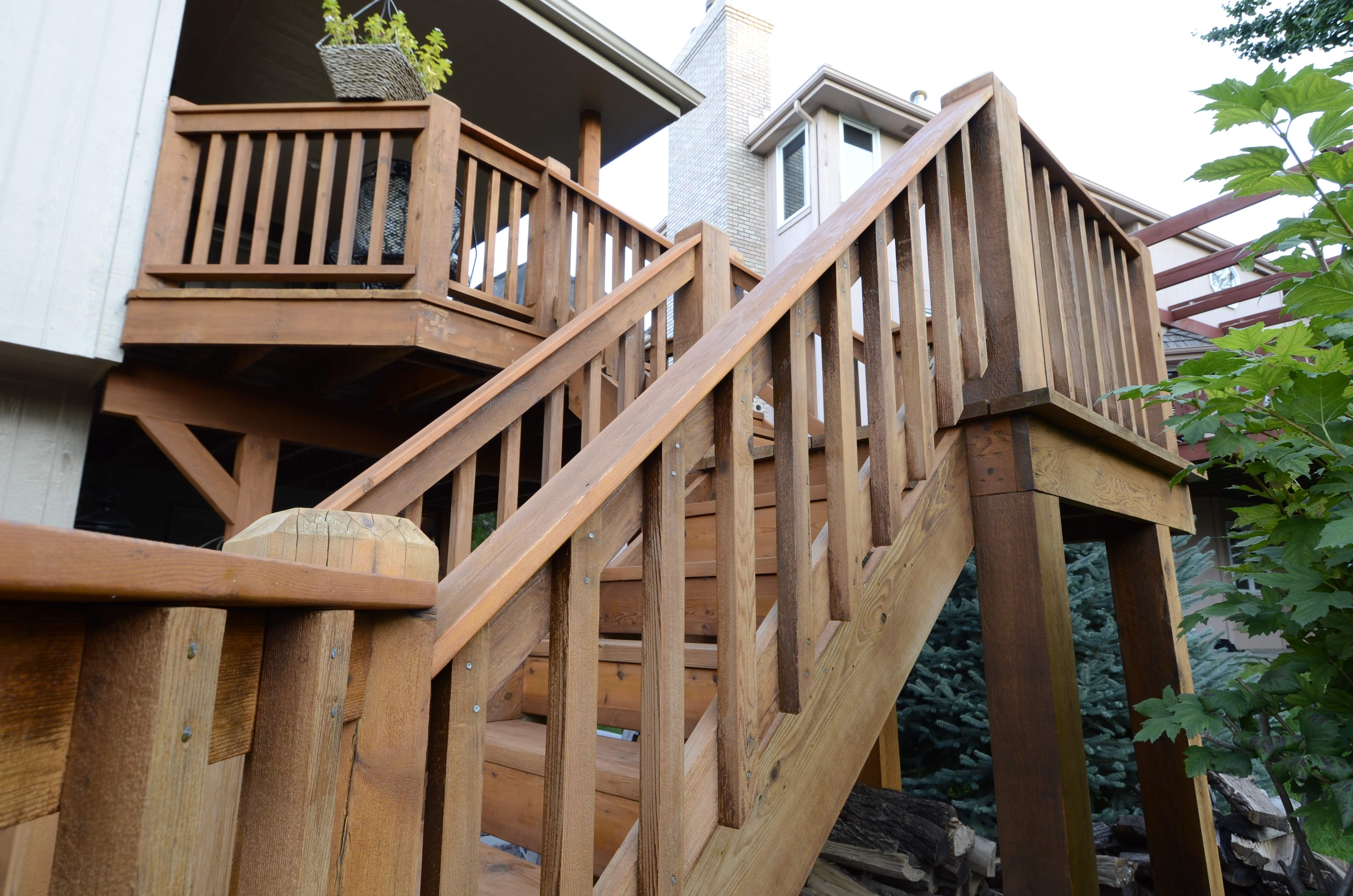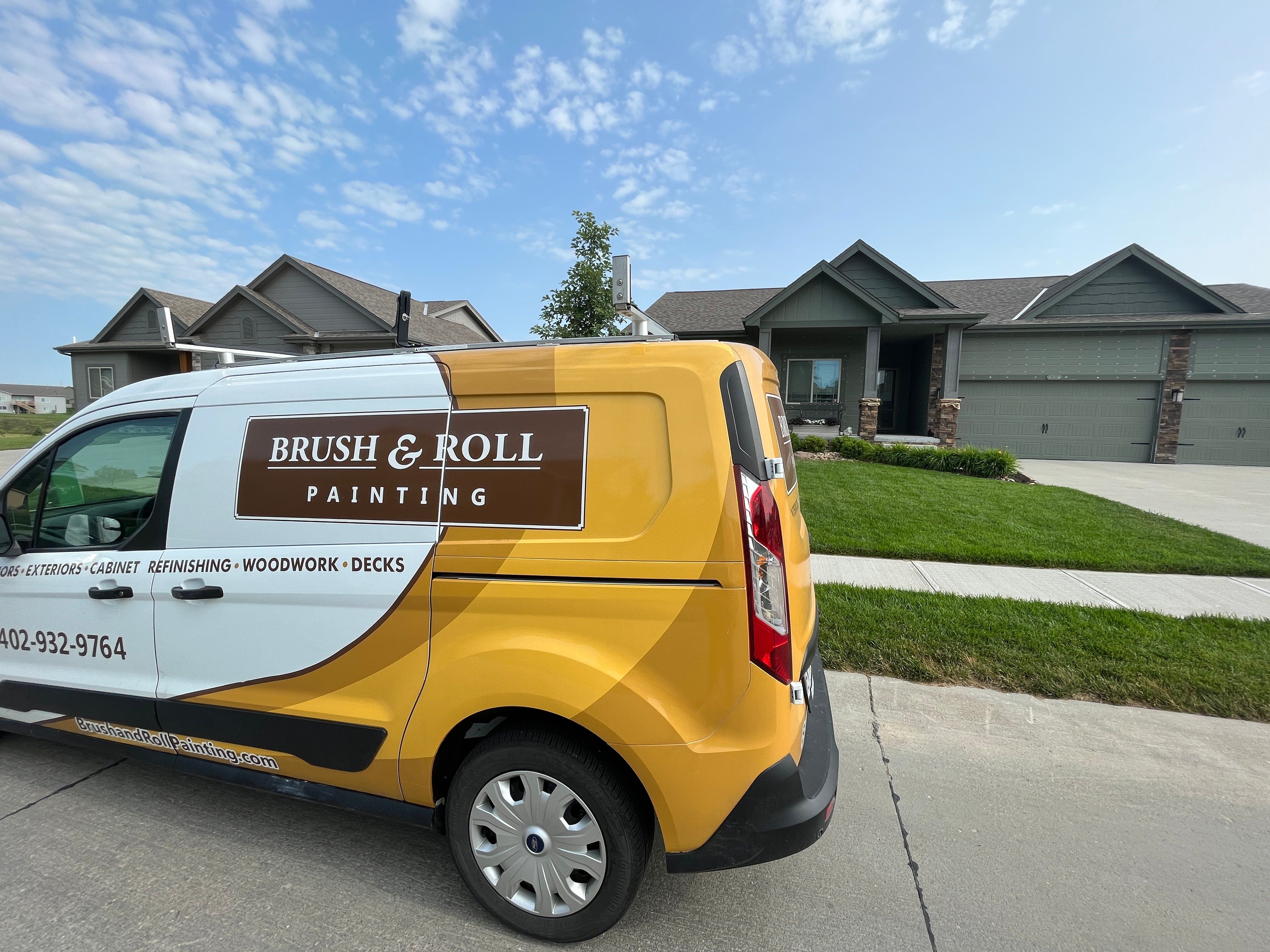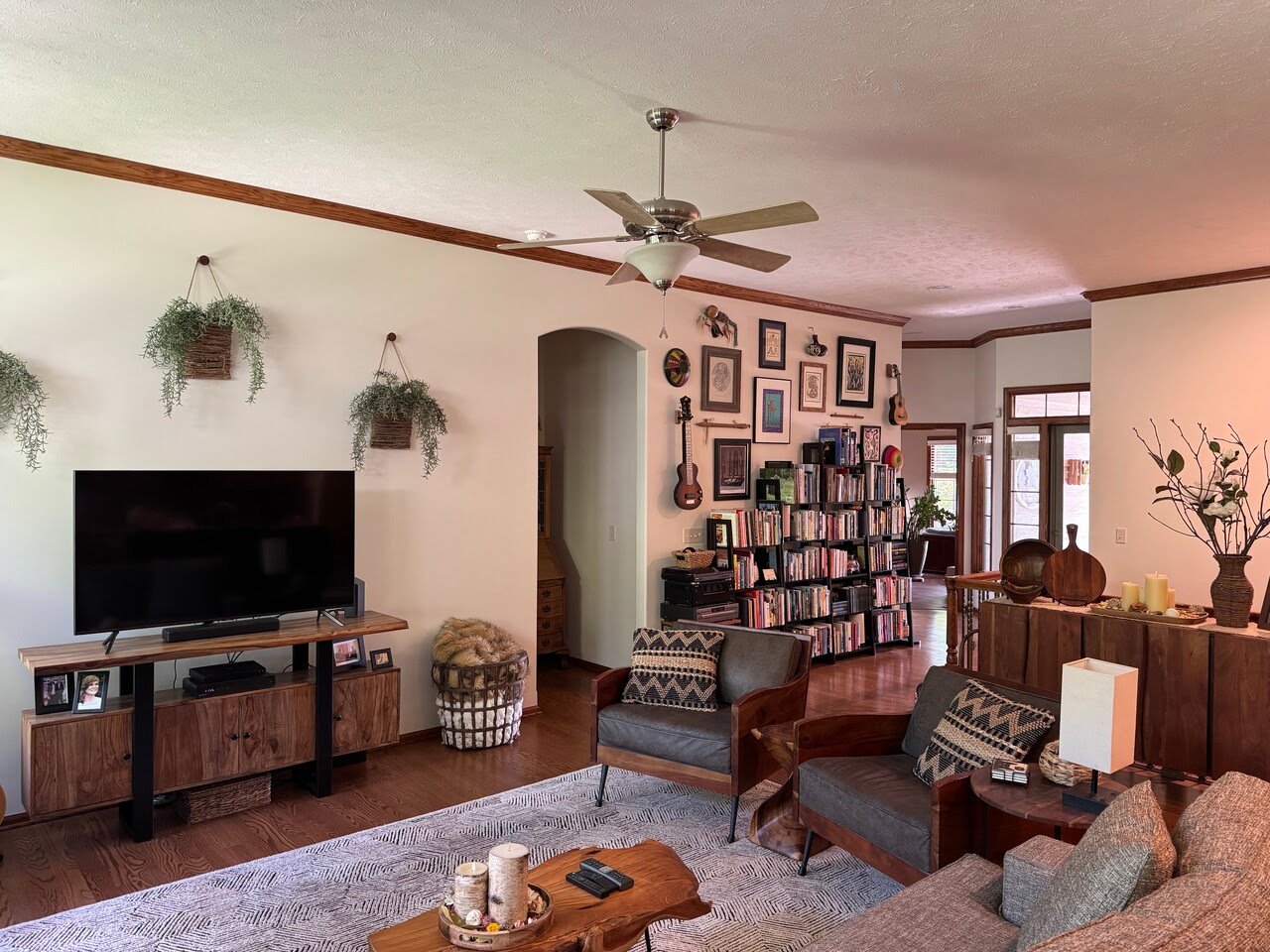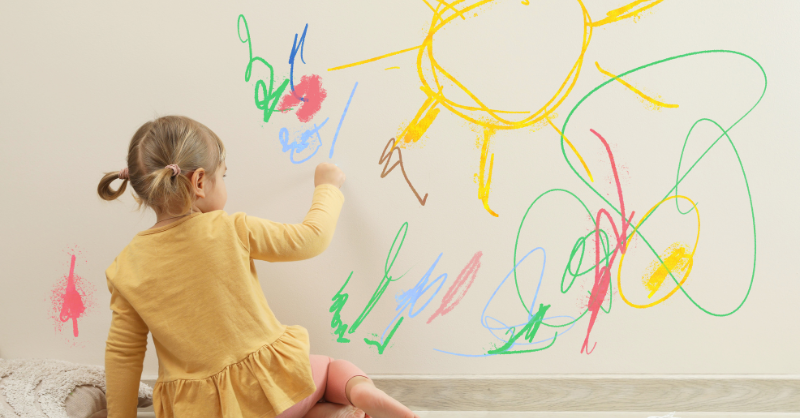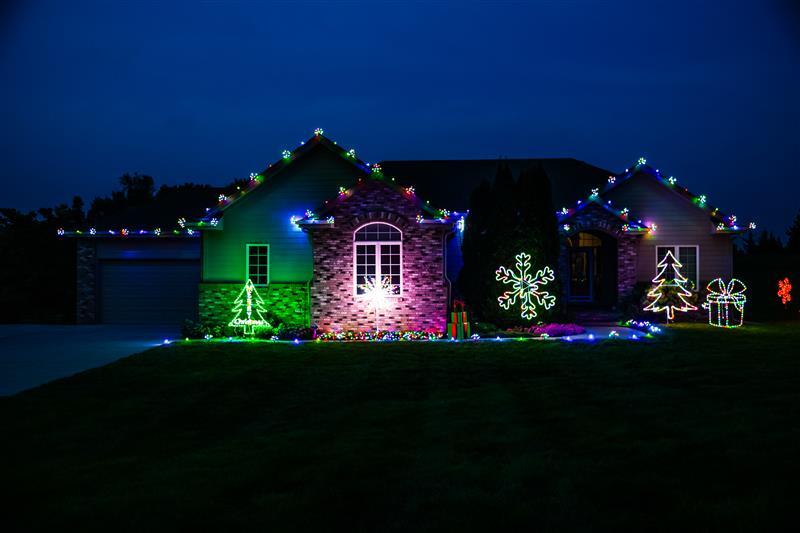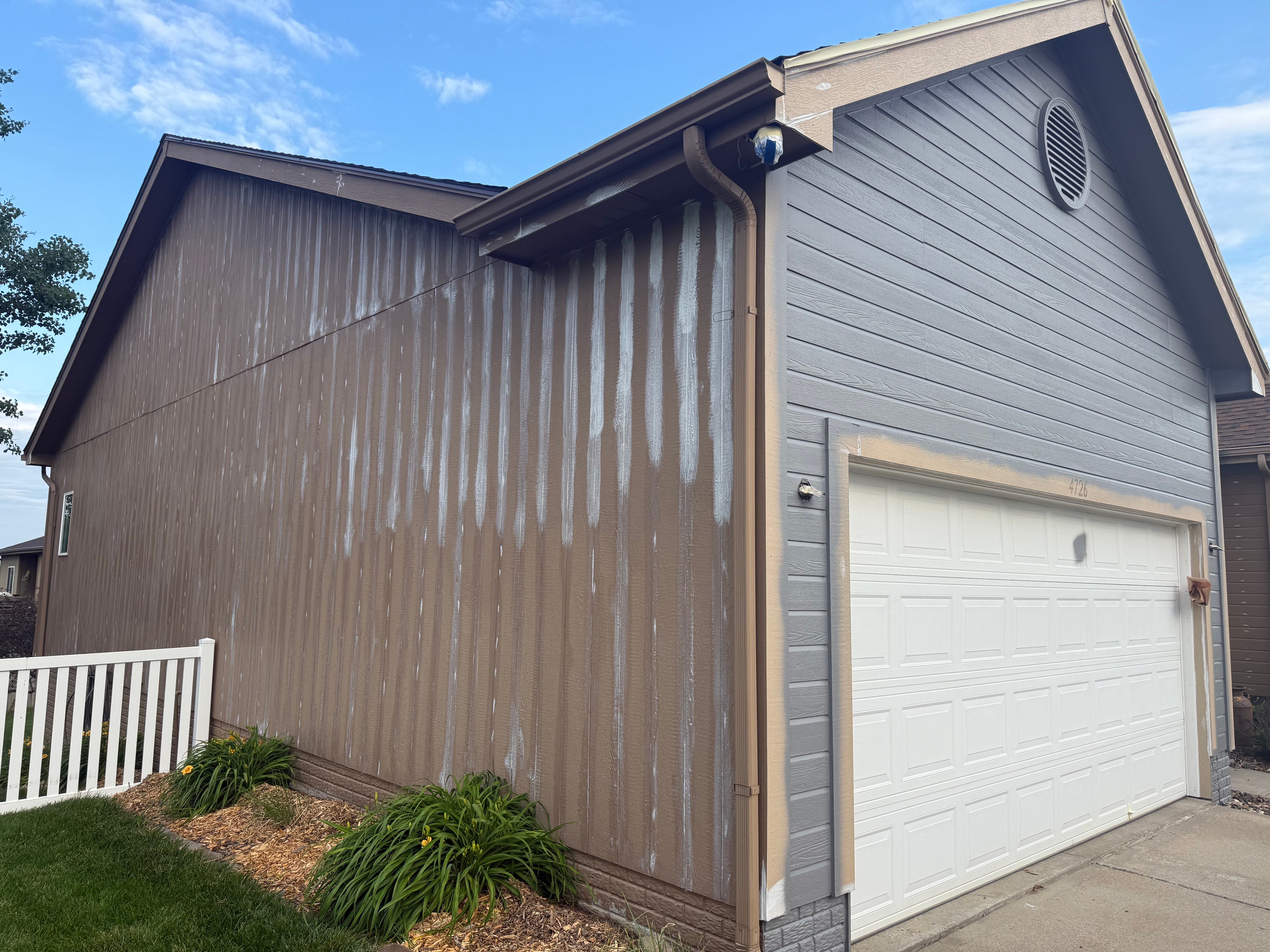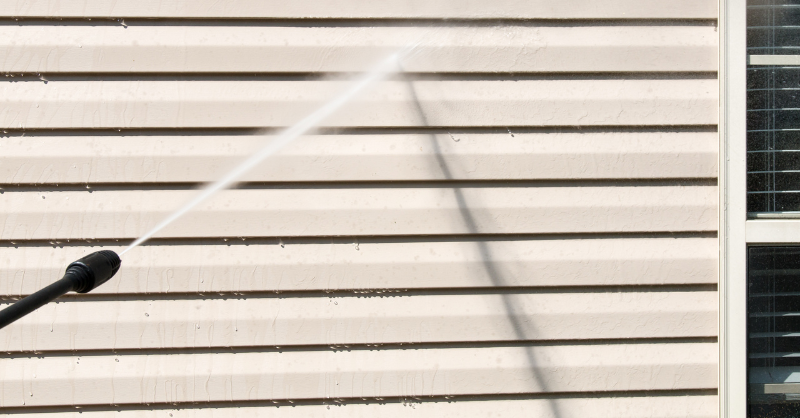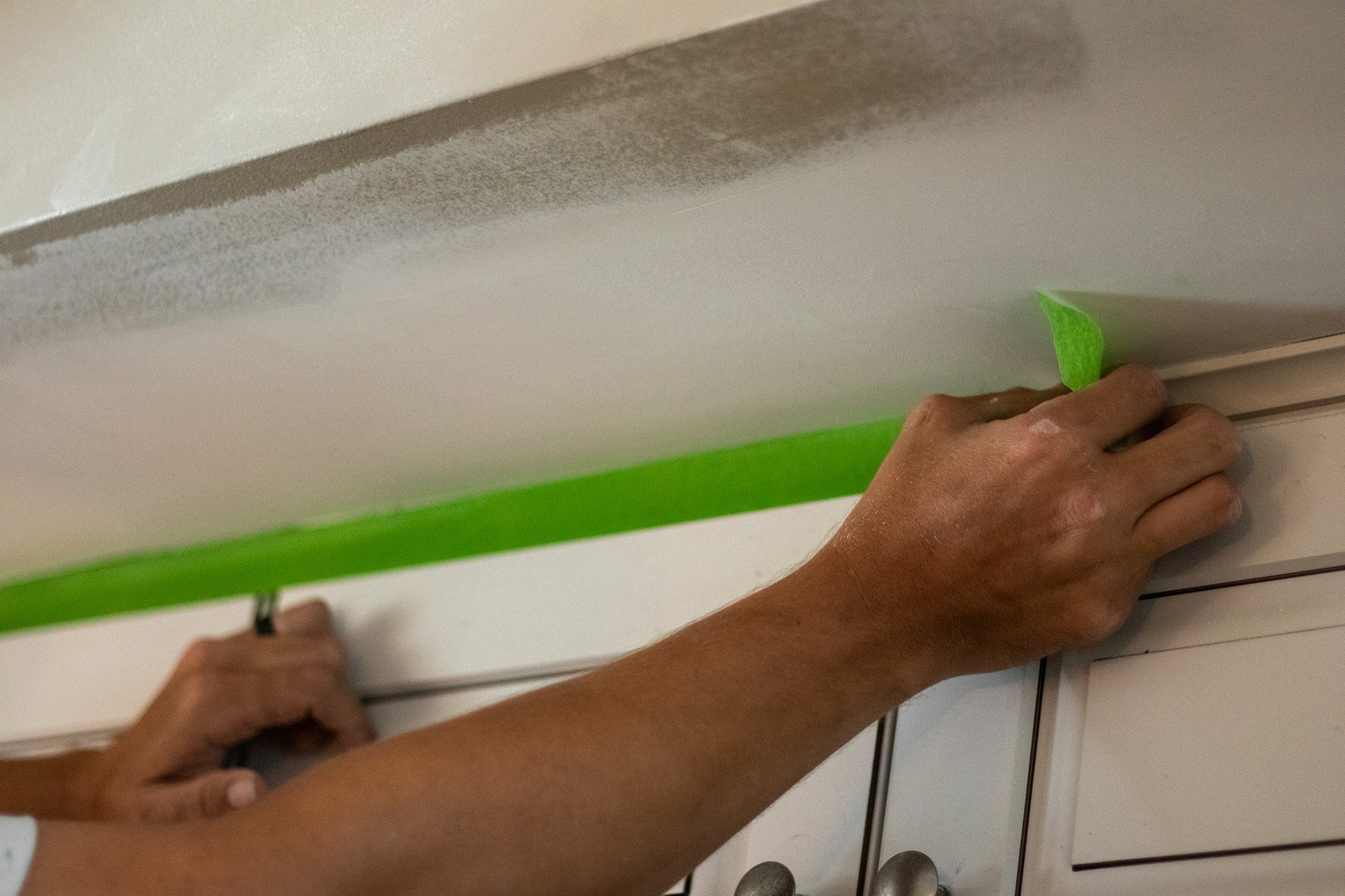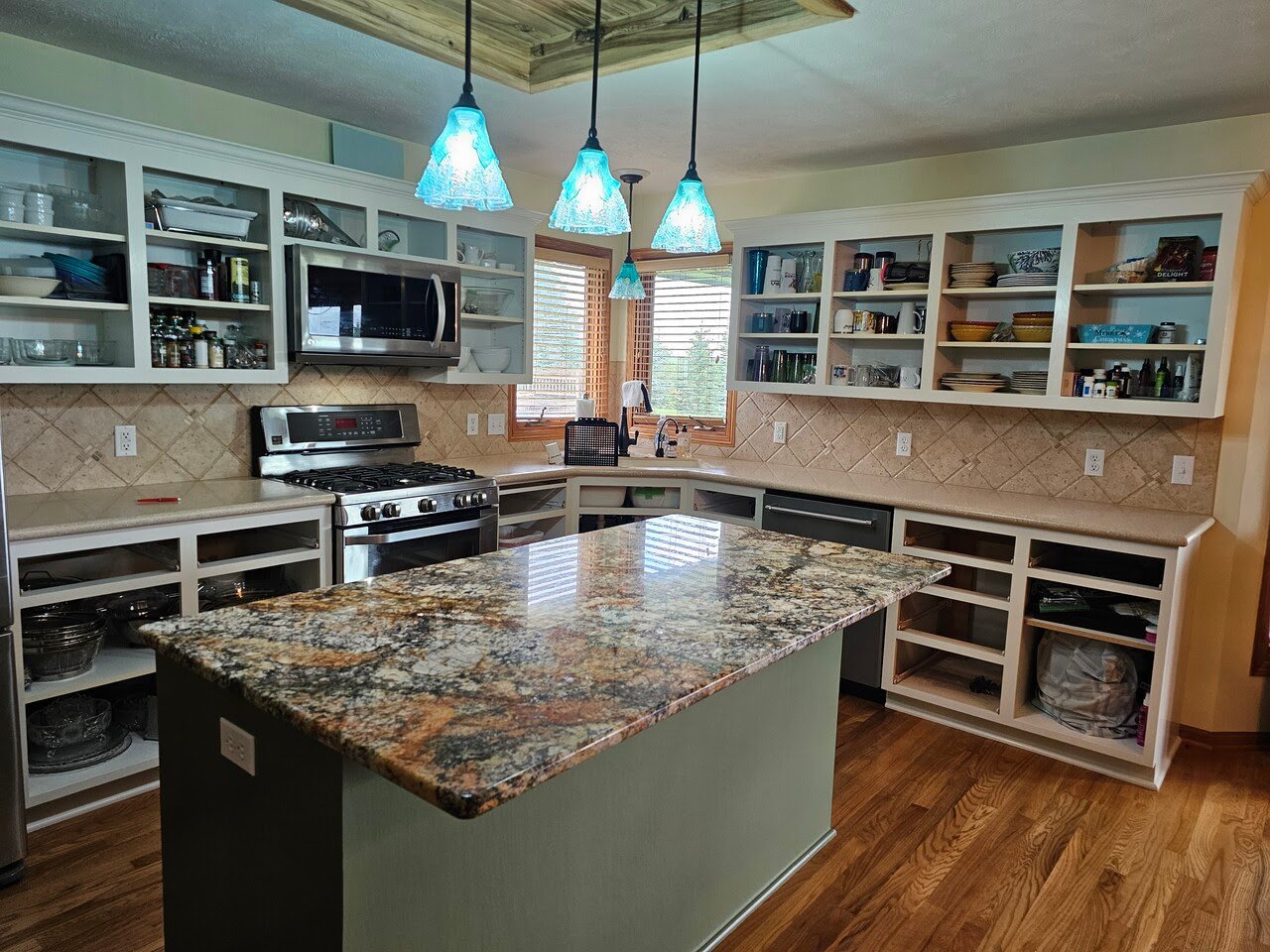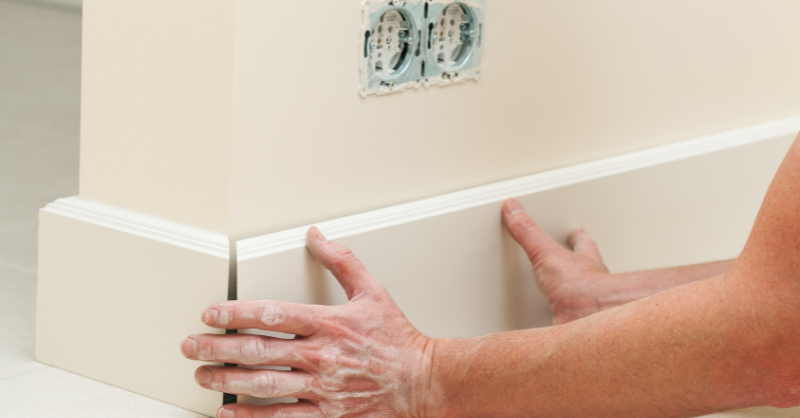
We receive numerous calls here at Brush & Roll Painting from homeowners in Omaha, NE and beyond, requesting for a quick quote on how much it will cost to paint their home painting projects. They typically give us the number of rooms or estimated square footage over the phone and request for a quick estimate.
Such homeowners are usually comparing quotes from different Omaha, NE painting contractors hoping to get the best deal. And quite honestly, we can’t blame them, after all, painting a home can be quite a costly investment. We usually spent time explaining to such homeowners that every painting project is unique and we have to actually see the project before we offer a realistic estimate.
When professional painting contractors are developing a painting estimate, they usually consider the condition of the wall, the square footage of the walls, any damage or repairs to be done, the height of the ceilings, color transition, number of colors and coats, number of doors and windows, among other things. Do you see why it’s difficult to offer an estimate without a visit?
But what really needs to be included in a painting estimate? In our line of work, we’ve seen all types of painting estimates –from numbers scribbled at the back of a napkin to a five-page estimate with so much fine print you can develop a headache trying to decipher them. While there is no standard format for painting estimates, in this article, we will run through what you should expect to see in a professional painting quote.
8 Things You NEED To See in a Painting Quote
1. The Contractor’s Contact Details
The estimate should include all the contact details of the painting contractor. This is not just the company name, but also the telephone number, physical address, email address, and website. Providing these details ensures that you have multiple ways to reach out to them for any inquiries or follow-ups.
If the estimate only includes the name of the painter and a single phone number, you might find it challenging to contact them, especially if you encounter issues or need to discuss project specifics further. Having a complete set of contact information facilitates smoother communication and helps in building trust with the contractor.

2. Painting Company Legal Details
Ensure that the company you're considering hiring is fully registered and compliant with all necessary legal requirements. This includes verifying that they have a valid business license, which is a testament to their legitimacy and commitment to operating within the law.
Additionally, it's crucial that the company holds business liability insurance. This type of insurance protects you as the homeowner from potential damages or accidents that might occur during the painting process, offering peace of mind that you won’t be held financially responsible for any mishaps.
Confirm that the company provides worker’s compensation for their employees. This insurance is vital as it covers medical expenses and lost wages for workers who might be injured while on the job, thus protecting both the employees and yourself from any legal or financial repercussions. If you have any uncertainties regarding these documents, do not hesitate to request copies for your verification.
A reputable company will be more than willing to provide these documents, ensuring transparency and building trust with you as their client.
3. Painting Scope of Work
This section of a painting quote provides an explanation of the specific tasks to be completed during the painting project. It should thoroughly outline the precise areas that are slated for painting, ensuring that all aspects of the job are covered and there are no questions about which parts of the property will receive attention.
Additionally, it should address the necessary prep work required before the painting begins. This includes cleaning surfaces, sanding, scraping off old paint, and any other preliminary tasks that ensure a smooth and effective application of the new paint. If there are any existing damages or areas in need of repair, such as cracks, holes, or water damage, these should be explicitly identified and included in the scope, along with a description of how they will be addressed.
It's also important that the number of primer and paint coats is specified, as this can significantly affect the project's cost and duration. A detailed scope of work not only helps in setting clear expectations but also in avoiding misunderstandings and ensuring the project runs smoothly from start to finish.
4. Products to be Used
The estimate should detail the specific types and brands of paints and other products that will be used throughout the project. This includes not only the primary paint but also primers, sealants, and any other treatments necessary to prepare surfaces and ensure the longevity of the finish.
It is crucial to select high-quality paint products, to get a durable and superior finish that will stand the test of time and resist wear and tear. These products often provide better coverage, longer-lasting color, and enhanced protection against elements like moisture, UV rays, and mildew.
If a painter opts for low-cost, subpar materials, they might not be the best choice, as these could compromise the overall appearance and durability of the paint job. In the long run, inferior products may lead to issues such as peeling, fading, or requiring more frequent maintenance and touch-ups, which can become costly and inconvenient for you.

5. Project Timelines
This section of the estimate should include detailed information about the project's timeline, specifically highlighting the planned start and completion dates for the painting job. Now this may be a rough estimate, but it is better than nothing.
A reliable painting contractor should strive to adhere to these schedules, ensuring that the project progresses smoothly and finishes on time. However, it is important to acknowledge that certain unforeseen circumstances could lead to delays.
For example, bad weather conditions, such as rain or snow, can disrupt exterior painting projects, making it impossible to paint according to plan. In such cases, the contractor should communicate any changes to the timeline and provide an updated schedule to you.
6. Project Cost
This section should include a breakdown of the total cost of the painting project, including all applicable taxes. The estimate should clearly itemize the cost for each specific area or set of items being painted, such as individual rooms, exterior surfaces, or specific features like doors and windows.
This transparency in pricing allows you to understand exactly where your money is going and makes it easier to compare quotes from different contractors.
When you're gathering estimates from various painters, it's easy to be swayed by the lowest bid. However, it's important to remember that the cheapest option isn't always the best choice for your home.
Instead of focusing solely on price, consider the overall value offered by the contractor. Look for a painting company that not only provides competitive rates but also meets all your painting needs, offers quality materials, and demonstrates professionalism and reliability throughout the process. Investing in a contractor who delivers a high standard of work can ultimately lead to better results and more satisfaction in the long run.

7. Payment Information
This section should provide detailed information on how any additional work or changes to the original project scope will be communicated and agreed upon. It should outline the process for handling unforeseen tasks or modifications that may arise during the course of the painting job, ensuring transparency and mutual understanding between you and the contractor.
Additionally, this section should specify the exact percentage required as a deposit before work begins, along with any relevant details about the schedule for the rest of the payments.
Ideally, the painter should never request the full payment upfront, as this can be a red flag for potential issues down the line. Instead, the total cost should be divided into installments that align with the progress of the project.
8. Warranty Information
When evaluating a painting quote, it's crucial to look for warranty information. A reputable painter should offer a clear, written warranty that outlines what is covered, the duration of the warranty, and any conditions or limitations involved.
This demonstrates their confidence in the quality and durability of their work. If such a warranty is absent from the quote, it may be a red flag indicating that the painter doesn't fully trust the longevity of their craftsmanship.
A lack of warranty could lead to unexpected future expenses for touch-ups or repairs, which might have been avoidable with a more reliable contractor.
Painting Quote In Omaha, NE
While painting estimate formats might vary from one painter to another, the above key information should come out clearly.
At Brush & Roll Painting, during residential painting estimate, we keep our estimates to pretty much the information outlined above. Details might vary depending on the specific project, but we always make sure the homeowner gets all the details they need, and they understand everything.
If you need professional assistance with your painting project, we would be more than happy to help. Simply schedule a free estimate below or call us at 402-932-9764 if you need any additional information.
To further simplify your painting journey and ensure you hire the right contractor for your needs, download your guide to hiring a painter. From understanding what to look for in a painting estimate to knowing the right questions to ask, our guide is designed to empower you with the knowledge needed to make informed decisions.
Click the button below to download your free guide today and take the first step toward transforming your home with professional painting services.
Bill is the owner and operator of Brush & Roll Painting. Bill Carlson is a second-generation painter. He grew up working with his father’s painting and restoration company. After graduating from Bennington High School, he served in the US Navy, traveling with the boxing team. While this was a great opportunity to see the world, it also made him realize how much he loved his little world here in Nebraska. He settled back into the painting industry, working with his brother. It wasn’t long before Bill’s entrepreneurial spirit pushed him to start his own business. Always one for a challenge, he longed to prove to himself that he could be as successful on his own as both his dad and brother were.
Topics:














